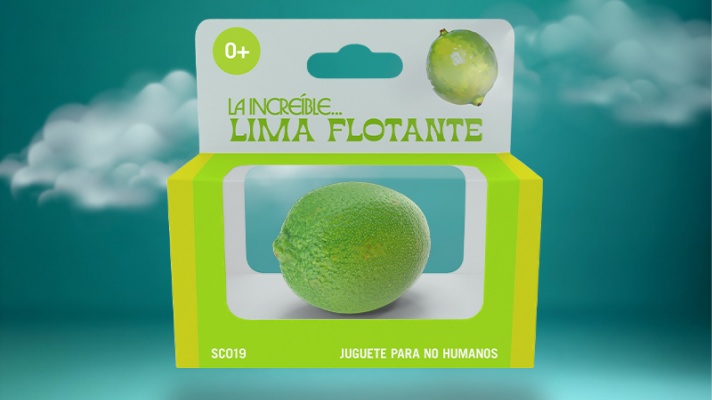Descripción de la Exposición
Under the auspices of the Embassy of the Kingdom of Spain to the Kingdom of Belgium, Roberto Polo Gallery proudly opens its 2017/2018 season with the exhibition NATURE as ARCHITECTURE, comprising works by three prominent Spanish artists: Miquel Navarro (Valencia, 1945), Juan Garaizábal (Madrid, 1971), and Francisco Caparrós (Granada, 1954). A 128-page, bilingual English/Spanish, illustrated, hardback catalog, containing texts written by its curators, Rafael Sierra Villaécija and J. Óscar Carrascosa Tinoco, as well as eminent authors, such as Barbara Rose and Fernando Castro Flórez, will accompany the exhibition.
The approach of the exhibition starts from the traditional aesthetic reflections around nature and the arts, especially architecture. When the human being began to produce art, he did so with the idea that his works would form part of the Great Creation. In the step from becoming an artificer to a creator, man set out to know the laws of nature, which in the end meant to enter into play with the divine work equating the artist with his Maker. Nature, then, has always been taken as a model, as a great ready-made architecture, from which to establish analogies as links of the cosmic unity between the factories of art and the created world.
The curators of this exhibition defend the validity of traditional reflections, and offer the expression, through contemporary art, of updated voices on this canonical discourse. To this end, they present a curatorship that includes the artists Miquel Navarro, Juan Garaizábal, and Francisco Caparrós, in a wager that defends the importance of Spanish art strategically positioned in the heart of Europe.
The architectures of man, alternatives to a universe already created, open the exhibition with the extraordinary pieces of Miquel Navarro. The artist made the first of his ‘cities’ in 1973. These were interconnected terracotta volumes to which he soon added materials such as aluminium, zinc, and bronze in a continuous exercise on sculpture and reflection on the volumetric space that would constitute, from then to today, one of his signs of identity. In the cities of Navarro, the allusion to Leon Battista Alberti's Res aedificatoria, and its city-house-organism relationships, is unavoidable, for as Navarro himself states, "in the consciousness and configuration of my desire, the subject of the city as a human body, with the sum of all its parts, with its vertical and totemic logic, and its horizontal sense in the discourse of penetration, is evident." Navarro’s work is represented in many important institutional collections, including the following: Instituto Valenciano de Arte Moderno, Centre national d’art et de culture Georges Pompidou in Paris, Lehmbruck Museum in Duisburg, Museo Nacional Centro de Arte Reina Sofia in Madrid, Museu D’Art Contemporani de Barcelona, and The Solomon R. Guggenheim Museum in New York. One of his important sculpture fountains, Boca de luna (1994), is located in the place de Jamblinne de Meux, Brussels. It is thirteen metres high, and projects water from a height of six. A sculpture by Navarro plays a leading and symbolic role in Pedro Almodóvar’s 2016 film Julieta.
But every human creative effort ends up being ephemeral, and in its disappearance, new conceptual connections are woven in which the absence of the artificial takes on a leading role. The curators have selected the creations of Juan Garaizábal, Nasher Sculpture Center Prize 2017 nominee, to capture this idea, which is nothing more than a milestone on the way back to nature as architecture. For years, Garaizábal has developed a solid artistic project called Urban Memories, which started from the recreation of the spirit of buildings that disappeared from the spaces where they were originally built. He realised this project of monumental sculpture installations at public spaces in Berlin (2012), Bucharest (2007), Godaedo (2016), Havana (2016), Miami (2016), Valencia (2006), and Venice (2013). Others are in progress in Havana, London, and Paris. His desire to evoke the past, and establish a relationship with it through sculpture, permeates what the artist has described as a heroic element common to both people and buildings. Assuming a character that combines aesthetic and ethical spirit in these ‘monumentalisations’ of memory, Garaizábal seeks to offer the soul of the absent buildings by rendering only fragmentary remains of their main structural aspects, a survival of the essential rescued from the collective memory and materialised in a structure of elementary traces, which, devoid of walls, is fully integrated into the environment. Thus poetic presences of absence are established using the memory and ‘symbology’ of its reminiscences in a way that the disappearance of the human work is also integrated into nature, which was its point of origin, and will be its final destination.
The fundamental relationship between nature and architecture is exemplified in the photographs of Francisco Caparrós. If Marc Augé wrote that one of the most urgent needs is to return to learning to travel in order to learn again to see, Caparrós offers the look and light on the landscape to build a great architecture that astonishes the viewer through his photographic series, and thus making Erwin Panofsky's statement his own: "the content of the work of art is that which the work reveals, but does not show ostentatiously." The work of Caparrós is represented, among others, in the permanent collections of Astro Europa in Valencia, Ayuntamiento de Riba-roja, Diputación de Valencia, Fundación Gabarrón in Murcia and New York, Iberia Center for Contemporary Art in Beijing, Instituto Valenciano de Arte Moderno, Museo de Bellas Artes San Pio in Valencia, and Museo Mausoleo de Domingo Sánchez Blanco in Morille.

Exposición. 16 abr de 2025 - 11 may de 2025 / Centro Botín / Santander, Cantabria, España

Formación. 08 may de 2025 - 17 may de 2025 / Museo Nacional Centro de Arte Reina Sofía (MNCARS) / Madrid, España